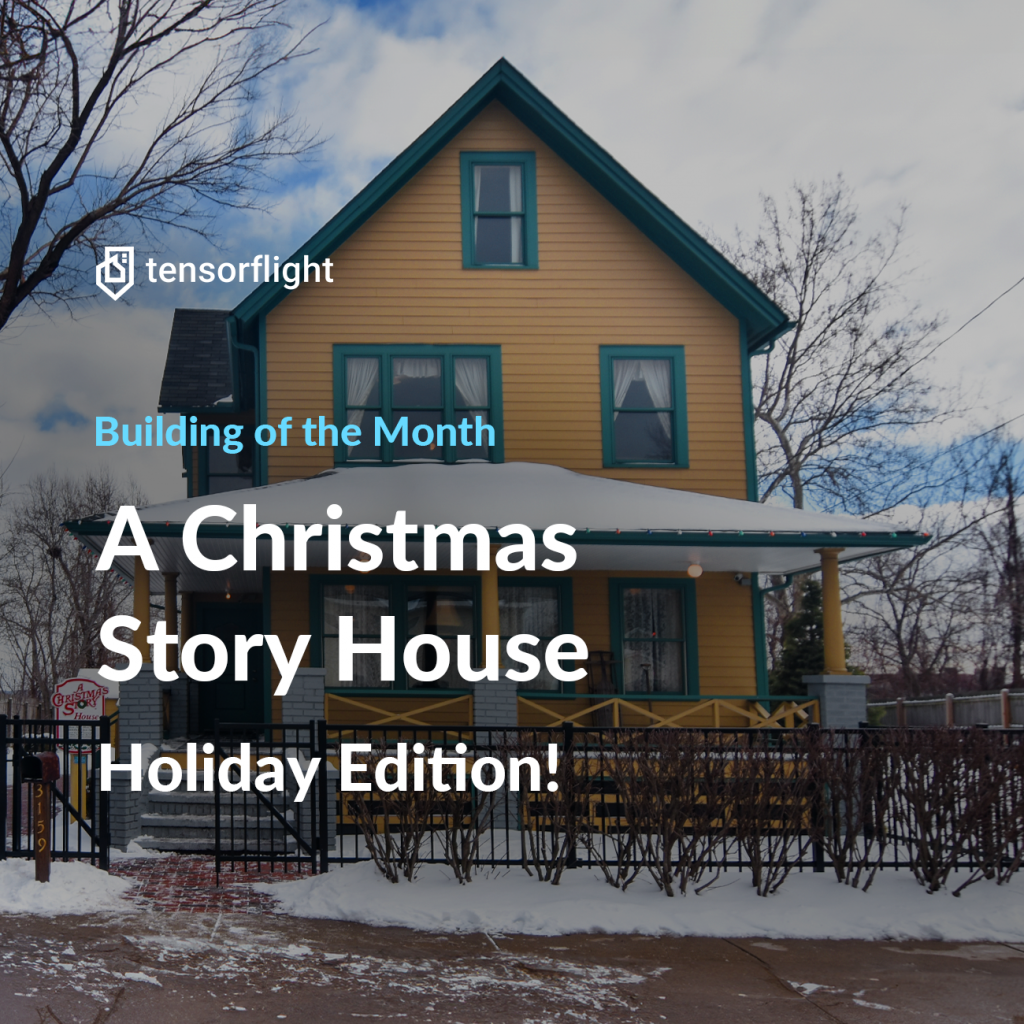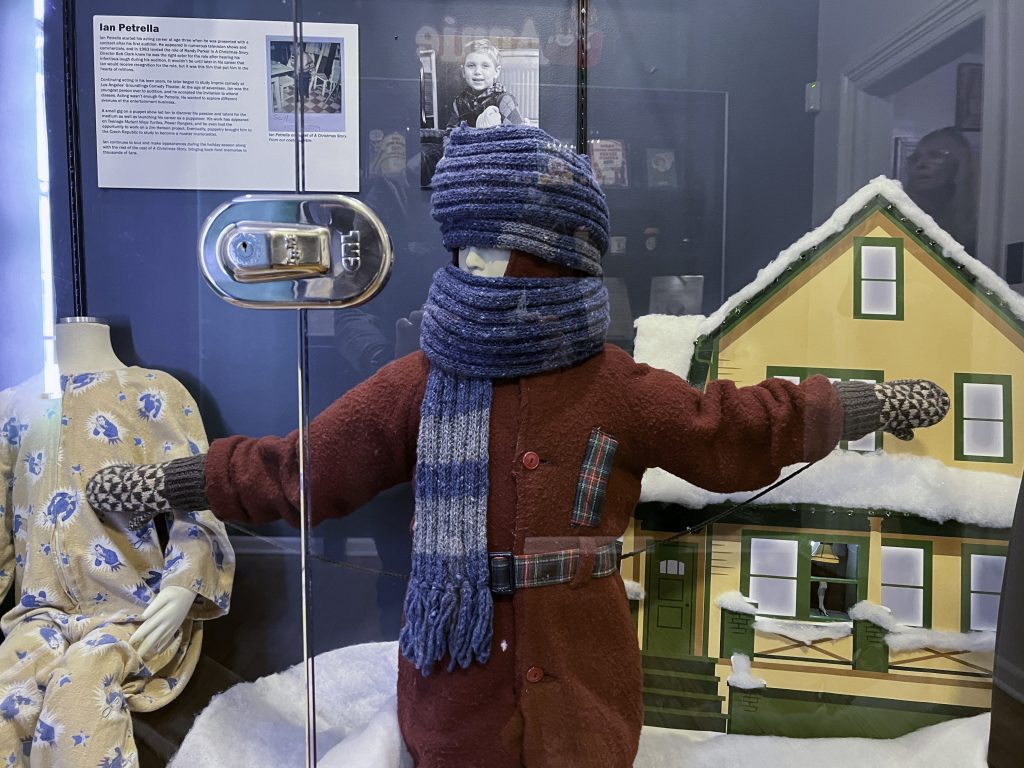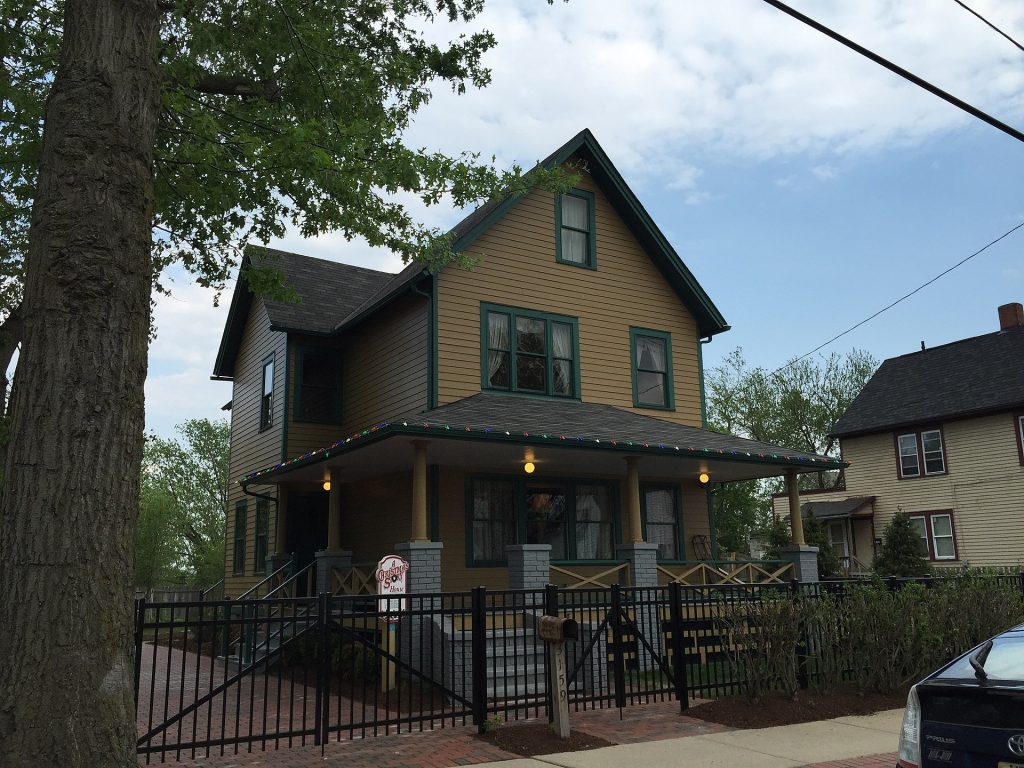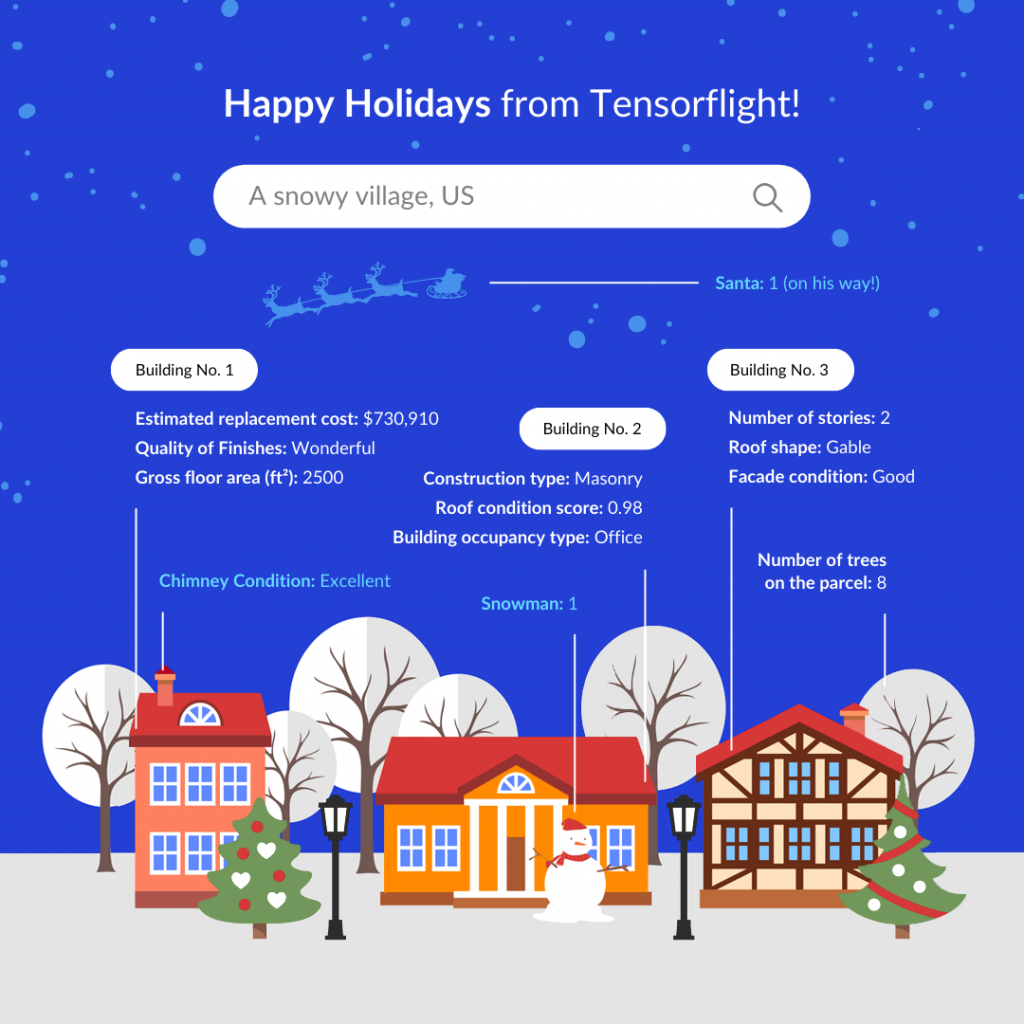The holiday season is here. Many of us enjoy watching our favorite Christmas movies. In the special Holiday edition of our Building of the Month, we’ll be looking at one of the most beloved and classic films of this genre, A Christmas Story, a 1983 comedy that follows the adventures of Ralphie Parker, a young boy who desperately wants a Red Ryder BB gun for Christmas, despite everyone’s warnings that he will shoot his eye out. The film, based on the writings of Jean Shepherd, is set in the 1940s and features many memorable scenes and props, such as the leg lamp, the bunny suit, and the decoder pin.
But for us, the most iconic element of the film is the house where Ralphie and his family lived, a modest and cozy wood-frame house located in Cleveland, Ohio. The house has become a popular tourist attraction and a museum dedicated to the film and its memorabilia. In this article, we will explore the history and features of this unique building.

A Historic House with a Modern Twist
The house was built in 1895, although some sources date it back to 1870. It is a typical example of a wood-frame house with wood siding and a shingle roof. It has three stories, including an attic, and a basement. The house has a footprint area of 1339 square feet, a living area of 2152 square feet, and a gross area of 3048 square feet.
The house was purchased in 2004 by Brian Jones, a fan of the film who had previously made a business of selling replica leg lamps, one of the iconic props from the movie. Jones paid $150,000 for the house and spent another $240,000 to remodel it to match the appearance of the film. He restored the exterior and interior of the house, as well as the backyard and the street, to recreate the 1940s setting of the movie. He also acquired several original and replica items from the film, such as the leg lamp, the Red Ryder BB gun, the bunny suit, and the decoder pin.
The house was opened to the public on November 25, 2006, coinciding with the film’s 25th anniversary. Since then, it has attracted thousands of visitors every year, especially during the holiday season. The house offers guided tours, overnight stays, and special events. Jones also bought and renovated the house across the street, which serves as a gift shop and a museum that displays more artifacts and behind-the-scenes stories from the film.

Uniqueness for Insurers and Underwriters
The house from A Christmas Story is not only a nostalgic and entertaining attraction but also a unique and challenging case for property insurers and underwriters. The house has several features that make it different from other houses of its age and style, such as:
- The house is a historic landmark and a cultural icon, which adds to its value and significance, but also imposes some restrictions and regulations on its preservation and maintenance.
- The house is a museum and a business, which means that it has to comply with safety and security standards, as well as liability and commercial insurance policies.
- The house is a replica of a fictional house, which means that it may not reflect the actual condition and quality of the original house or the typical standards and practices of the time period.
- The house is a tribute to a film, which means that it contains many elements and details that are specific to the film and its story, such as the leg lamp, the BB gun, and the furnace. These items may have sentimental or artistic value, but they may also pose some risks or hazards, such as fire, injury, or theft.
These features make the house from A Christmas Story a fascinating and complex building to evaluate and insure. Property insurers and underwriters need to consider various factors and scenarios when assessing the house and its contents, such as:
- The history and authenticity of the house and its items, as well as their current condition and quality.
- The cost and availability of repairing or replacing the house and its items, especially if they are rare or custom-made.
- The potential damage or loss caused by natural disasters, accidents, vandalism, or theft, as well as the likelihood and frequency of such events.
- The legal and ethical implications of insuring a historic and cultural property, as well as a museum and a business, and the possible claims and disputes that may arise from them.

We hope you enjoyed this article and learned something new and interesting about this amazing house. We wish you a Merry Christmas and a Happy New Year, and we hope that you will get your dream gift, whatever it may be.

All of the building details were extracted by Tensorflight. Contact us at contact@tensorflight.com to explore more about Tensorflight’s solution and how it can transform your property insurance business.

